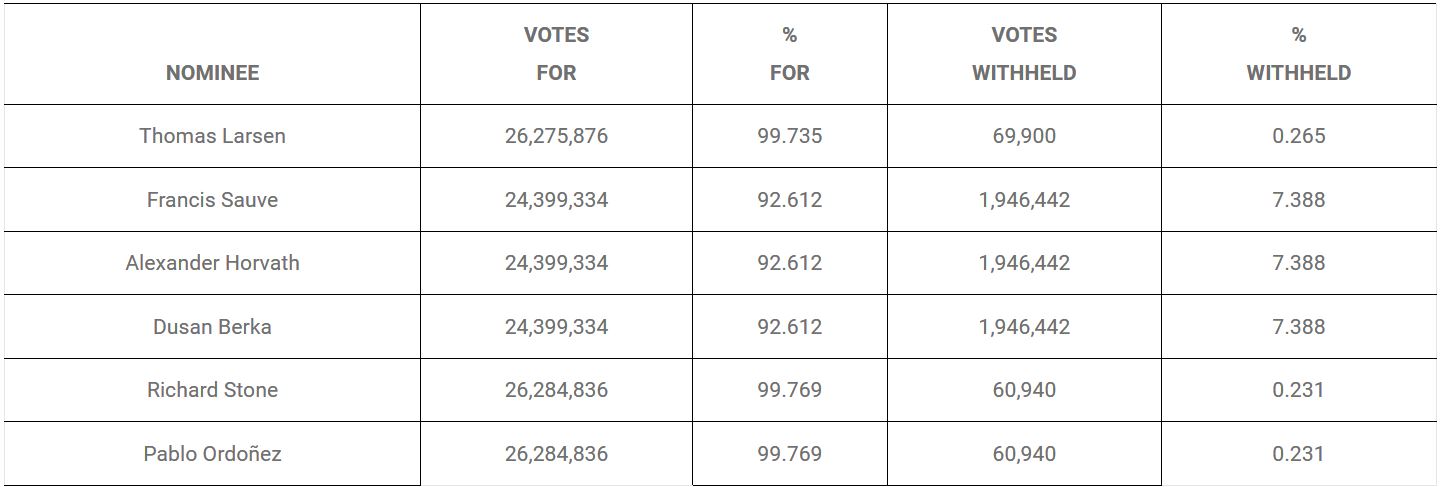Epiroc is making mining operations safer through automation, fewer drill bit changes, and faster evacuation times.
The future of the mining industry lies in sustainable practices; but sustainability goes beyond reducing carbon footprint and adopting circular economic principles. A major of component of sustainability is safety.
In Deloitte’s ‘Tracking the Trends’ report for 2023, the consulting company identified safety as the foundation for a secure organisation.
“Generally speaking, fatality rates have been steadily declining across the industry as the mining sector places an increasing emphasis on physical safety,” the report stated.
“Mining and metals leaders who can seamlessly integrate and have genuine engagement, action and advocacy for all aspects of safety will lead their organisation towards a more sustainable, secure, resilient and prosperous future.”
Epiroc knows that ensuring workers get home safe is the most important part of any mining operation. That’s why the original equipment manufacturer (OEM) has set itself the 2030 target of zero injuries across its mining operations.
The path to achieving such a lofty goal is threefold, involving increased automation of hazardous machinery, fewer drill bit changes, and shortened evacuation times.
Automating the future
Automated machinery helps keep workers away from the frontlines of mining operations, minimising human contact with potentially hazardous equipment. Epiroc is a market leader in automated drilling, loading and hauling technologies.
When it comes to drilling operations, drill rod changes have been known to be hazardous, requiring operators and offsiders to work close to powerful machinery.
One of the latest tools in this space is Epiroc’s Explorac RC30 Smart drill rig, which automates the rod changeover component of drilling operations. While the drilling is still guided by an operator’s trained hand, automated rod changeover allows workers to stay out of the line of fire.

“Operating a drill rig used to be a two-person operation, with the operator working in tandem with an offsider to sequence rod changes,” Epiroc global product manager – surface exploration David Benton told Australian Mining.
“The Explorac RC30 Smart automates that process, allowing the machine to do a full rod changeover sequence with the push of a single button. This is a much safer way of doing things since there’s less opportunity for human error.”
Another example is Epiroc’s Pit Viper drill rig range for rotary drilling. Capable of completing an entire drill pattern autonomously without an operator on-board, the Pit Viper is 22 per cent more productive than a conventional drill rig system, with the added benefit of keeping workers safe in a control room.
Epiroc’s Boltec auto bolt reload (ABR) is another example of how the OEM is improving safety through automation.
The Boltec ABR is the first ever underground rock reinforcement drill rig of its type. Its main design feature is the fully mechanised bolt reloading system that automatically feeds bolts from a large carrier magazine to the feed magazine, all while the operator remains safe inside the cab.
Fewer drill bit changes
Another angle of Epiroc’s 2030 zero-accidents goal is improving safety by reducing drill bit changes.
One of the methods by which Epiroc achieves this goal is with the Powerbit X, a drill bit with a diamond protective layer that provides the drill bits longer service life, meaning fewer changes and less exposure to hazards for operators.
And when it comes time to change drill bits, rigs such as the Pit Viper can perform this function automatically thanks to Epiroc’s automatic bit-changer technology, allowing operators to quickly make changes from the control room.
Faster evacuation times
When working underground, ensuring miners are able to be reliably coordinated, especially in the case of an emergency evacuation, is a critical safety consideration.
Epiroc has revolutionised underground mine safety with Mobilaris Emergency Support, a real-time workforce safety toolbox that allows rescue leaders to better coordinate evacuations.
Mobilaris is a technology that visualises the live location of workers in a mine. The system can relay emergency messages through mine phones and related equipment such as the Mobilaris virtual tag and the Mobilaris cap lamp. Personnel can easily acknowledge emergency warnings with the click of a button, allowing rescue leaders to see who is aware of danger and who is not.
“Ensuring that evacuees are mobilising towards safety rather than the hazard and ensuring people are using the shortest possible routes to refuge chambers is heavily dependent on real-time information,” Epiroc product sales manager Andreas Prill said.
Mobilaris can highlight and prioritise individual personnel for rescue efforts where necessary, such as if they are unaware of the emergency, injured or trapped. The technology can even guide rescue personnel remotely in real-time.
“You can’t improve what you can’t measure, and you can’t measure what you can’t see,” Prill said.
“Real-time data allows for the removal of uncertainties and variables. This means mine sites can stabilise and then optimise operations, benefitting not just their ability to ensure safety but also the productivity of the mines.
“Knowing what is working and what isn’t in real-time is how safety and productivity is improved.”
With its Mobilaris Emergency Support, Epiroc is able to shorten evacuation times by 25–50 per cent.
And through its threefold approach to mine safety, Epiroc is paving the way for safe practices in the mining industry in pursuit of its 2030 zero-accidents goal.
This feature appeared in the December 2023 issue of Australian Mining.




